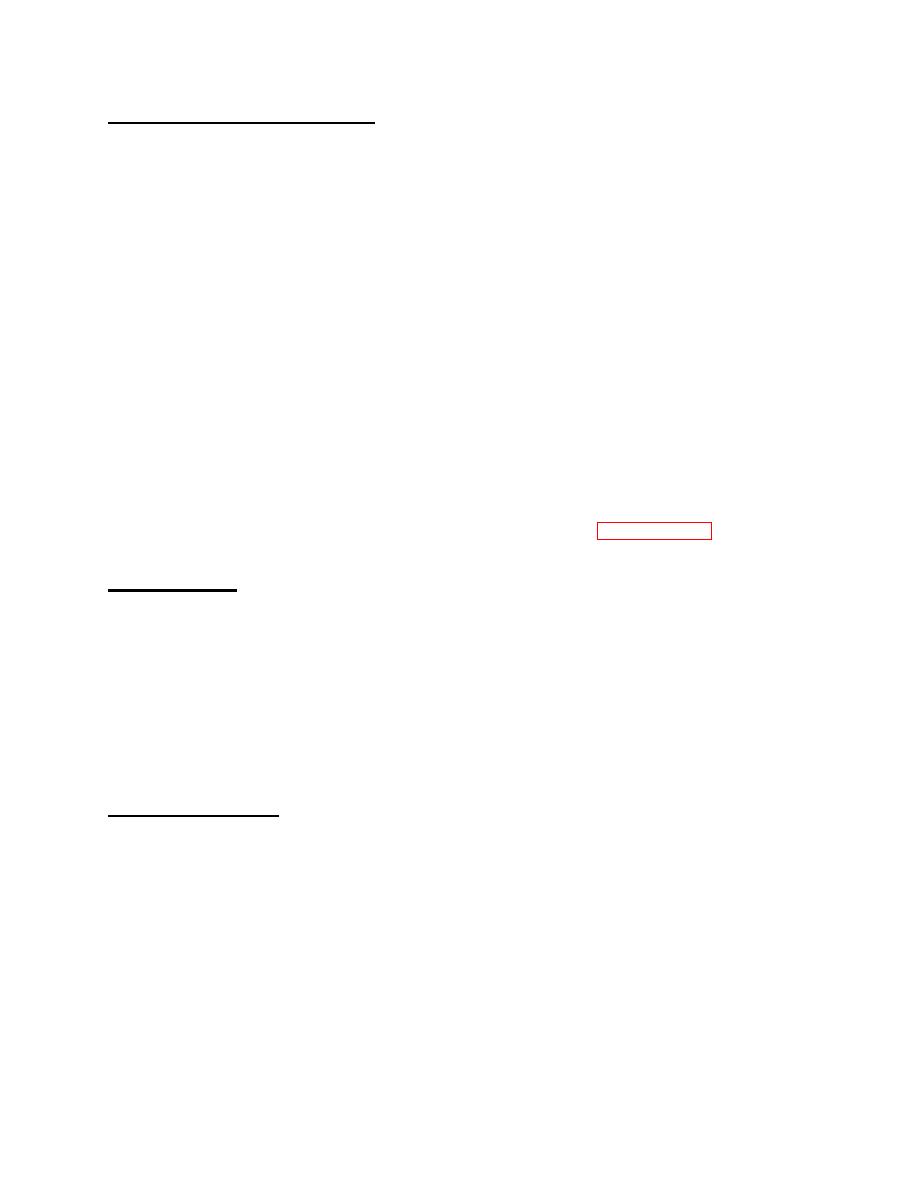
| Tweet |

Custom Search
|
|

|
||
 TM 55-1915-200-SDC
5-15. ADVERSE OVERLOADING EFFECTS. Operating at excessively heavy displacement produces the following
important detrimental effects:
a.
Speed. Increased displacement increases hull resistance and decreases propeller efficiency and,
therefore, reduces speed.
b.
Cruising radius. Increased displacement reduces cruising radius by increasing the power required for a
given speed.
c.
Stability. If the excess loads are carried high in the ship, stability will be reduced.
d.
Strength. Overloading increases the longitudinal stresses imposed on the ship. Extreme overloading,
coupled with heavy weather, may lead to structural distress or even failure.
e.
Freeboard. Increased displacement always reduces freeboard. Reduced freeboard will decrease:
(1)
Reserve buoyancy.
(2) Range of stability. Reduced freeboard cuts down the range of stability; this will occur in spite of an
excellent initial stability.
(3)
Seaworthiness. Reduced freeboard to the weather deck makes the ship wetter in rough weather.
Overloading will seriously reduce the ship's power of survival. The adverse effects of overloading have long
been recognized. Limiting drafts and limiting displacements are prescribed in paragraph 5-33, along with a warning
against overloading.
5-16. LIOUID LOADING. The Trim and Stability Booklet, which is intended for the use of operating personnel,
contains the following conditions of loading for this ship:
a.
Light ship condition. This is not an operating condition. It consists of the weight of the ship complete,
ready for service in every respect, including permanent ballast (solid and liquid), and liquids in machinery at operating
levels, but without any items of consumable or variable load.
b.
Full-load departure condition. In this condition, the ship is fully loaded for its primary mission at its point of
departure.
c.
Beaching condition. This is the condition in which the ship should approach the beach for offloading and
loading.
5-17. LOADING CONDITIONS. Detailed loading instructions are as shown in the Trim and Stability Booklet for the
operating conditions given above.
5-8
|
||
 |
||